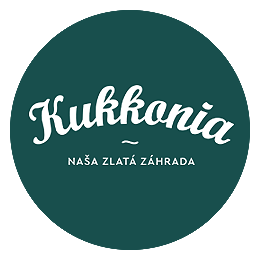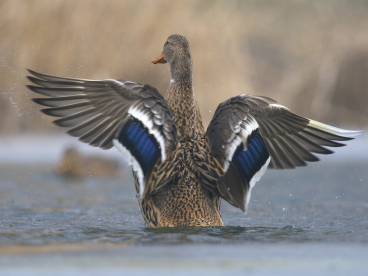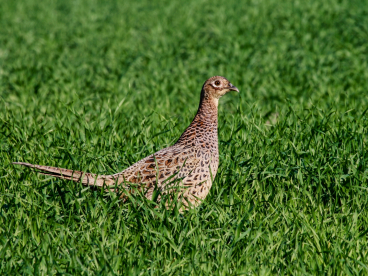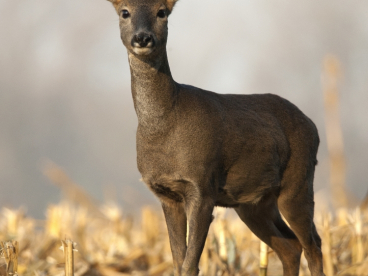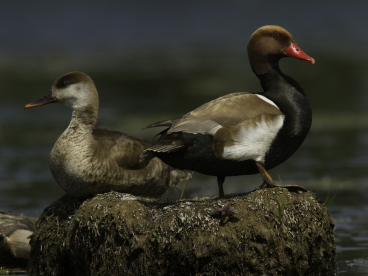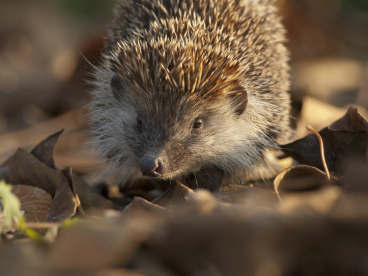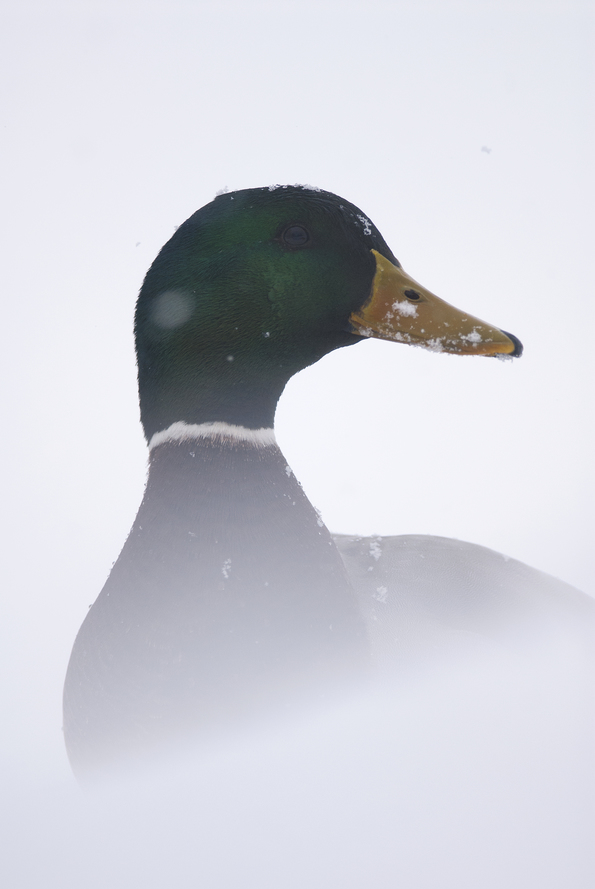 Great Rye Island has a special, highly diverse ecosystem. A wide variety of plants of waters, swamps, meadows, groves, and forests can be found here, coexisting with a fauna characteristic of the region. Among the most significant animals of Great Rye Island are the waterfowl and other birds of the water biotope. The most common are wild ducks, while red-crested pochards, common goldeneyes as well as Eurasian teals, etc. are not a rare sight. The wild goose, bean goose, and greater white-fronted goose appear most frequently from among the goose species. On Great Rye Island one can uniquely get a glimpse of a pied avocet, a black-winged stilt, a Mediterranean gull, a black stork, a great egret, or a purple heron. Further, the number of cormorants has increased recently in the Danube region.
Great Rye Island has a special, highly diverse ecosystem. A wide variety of plants of waters, swamps, meadows, groves, and forests can be found here, coexisting with a fauna characteristic of the region. Among the most significant animals of Great Rye Island are the waterfowl and other birds of the water biotope. The most common are wild ducks, while red-crested pochards, common goldeneyes as well as Eurasian teals, etc. are not a rare sight. The wild goose, bean goose, and greater white-fronted goose appear most frequently from among the goose species. On Great Rye Island one can uniquely get a glimpse of a pied avocet, a black-winged stilt, a Mediterranean gull, a black stork, a great egret, or a purple heron. Further, the number of cormorants has increased recently in the Danube region.
 This large bird could be found only on Great Rye Island at the beginning of the 20th century, and even there in insignificant numbers. However, recently its population has increased considerably. The cormorants are protected, although the annual consumption of fish of a single one is up to 170 kg. Thus, since they feed on fish alone, in fishing abilities they are true rivals of men. Without any doubt, the most beautiful birds of the region are the kingfisher and the European bee-eater, drawing attention with brightly coloured feathers. The kingfisher nests in holes dug into the steep banks of the Danube, water trenches or irrigation canals. The European bee-eaters nest in holes in the high slopes of sandy and clayey soil of water banks in the inner areas of Rye Island. The great bustard is a well-known bird of Great Rye Island. This large bird is rare indeed and appears only sporadically before a human. In contrast, our bird of prey, the white-tailed eagle with a magnificent wingspan of 2.5 m, has enjoyed a gradual increase in population.
This large bird could be found only on Great Rye Island at the beginning of the 20th century, and even there in insignificant numbers. However, recently its population has increased considerably. The cormorants are protected, although the annual consumption of fish of a single one is up to 170 kg. Thus, since they feed on fish alone, in fishing abilities they are true rivals of men. Without any doubt, the most beautiful birds of the region are the kingfisher and the European bee-eater, drawing attention with brightly coloured feathers. The kingfisher nests in holes dug into the steep banks of the Danube, water trenches or irrigation canals. The European bee-eaters nest in holes in the high slopes of sandy and clayey soil of water banks in the inner areas of Rye Island. The great bustard is a well-known bird of Great Rye Island. This large bird is rare indeed and appears only sporadically before a human. In contrast, our bird of prey, the white-tailed eagle with a magnificent wingspan of 2.5 m, has enjoyed a gradual increase in population.
The Eurasian beaver, a typical animal of Great Rye Island, is an aquatic mammal. The beaver became extinct in the Danube region in the middle of the last century, due to excessive hunting, since beaver fur was very fashionable. Nevertheless, these little animals reappeared and took possession of the Danube and its branches in the second half of the century. The beaver population has stabilized by now, spreading to the canal system of Great Rye Island as well. The lucky may catch a glimpse of this shy animal swimming on the surface between Čuňovo and Komárno, but obviously, traces of their gnawing on the waterside trees in an hourglass shape are more often observable.
Great Rye Island has served as a habitat for several animals from the past. Still, hare, partridges, quail and pheasant can be found in significant numbers. It is not rare to catch a glimpse of a roe deer on the fields, while in the forests along the Danube, deer and boar find suitable living conditions.
The area is also a notable fishing region. People from ancient times have dealt with fisheries here. The most typical fish is carp and its ancient form, the wild carp. Since their numbers are small nowadays, they are protected throughout the year. There are 32 species of carp living in the waters of Great Rye Island. The most widespread predatory fish of the region is the pike; huge specimens were known to dwell in the waters of the Little Danube. From among salmonids the kuchen, rainbow trout and brown trout are native to our waters. There are eels, and indigenous fish as Wels catfish, stretlet, carassius, tench, barbus, and several species of bream. An interesting and very unique fish is the European mudminnow, said to be the most endangered fish in Europe. Non-indigenous fish are the grasscarp, the silver carp and the pupmkinseed sunfish.
The high level of water quality is signalled by the existence of the European otter, the nightlifer, and the fresh-water crayfish. The fire-bellied toad (Bombina bombina), is the most known native frog. It used to be the most common frog species in Great Rye Island, but is extremely rare nowadays. According to a legend, Great Rye Island was named after the croak of this frog (“kukk-koh, kukk-koh”), thus “Kukkónia”.
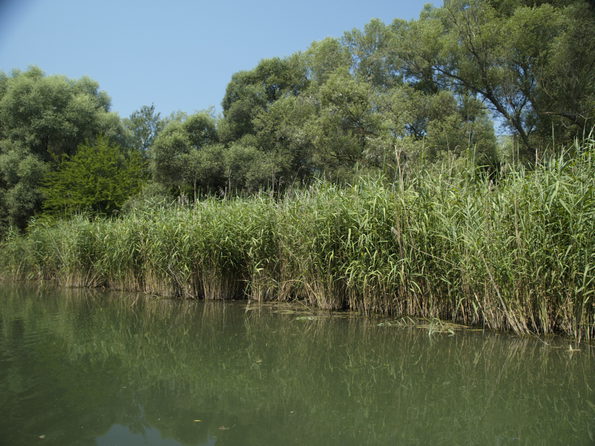
The watery world under the surface of the Danube and its branches is full of secrets. On long winter nights, people told stories of giant fish, or fairies and witches known to lure the fishermen. Not less interesting are the shallow channels crossing the countryside, overgrown by reed, sedge and other aquatic plants. Below the water’s surface an intriquing world hides here too - only the people have lost their storytelling abilities; the hurried pace of modern times has curbed the creative power of imagination.


